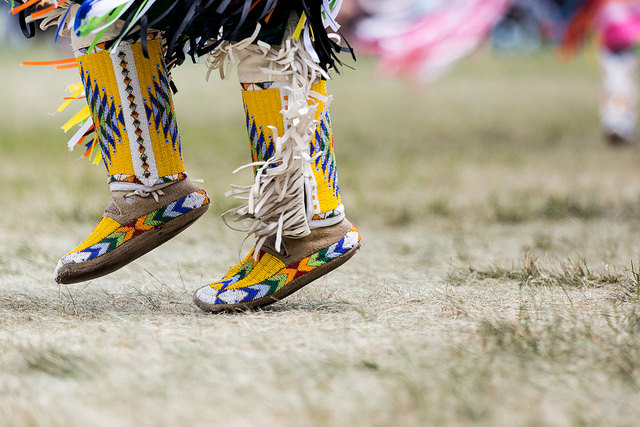Cultures around the world are celebrated in many different ways. Although holidays may not be as well-known, this doesn’t make them any less special. This November, we celebrate Native Americans by exploring the history of Native American Heritage Month, recognizing the changes this holiday endured, and highlighting six ways to celebrate.
The first Native American Day dates back to the second Saturday in May of 1914. An American Indian named Red Fox Skiukusha, also known as Reverend Red Fox James, rode on horseback for 4,000 miles around the country to petition for an official “Indian Day.” Others like Sherman Coolidge, founder of Society of American Indians, helped raise awareness for the holiday a year later. It’s believed that New York was the first state to create a federal holiday on the second Saturday of May in 1916. Illinois followed in 1919, three years later. However 16 years rolled by until another state, Massachusetts, joined those states honoring Native Americans.
After Massachusetts set an observance day, others began to follow suit. It wasn’t until 1976, when former president Gerald Ford signed the first national proclamation that observed Native American Awareness Week. As time went on, other presidents changed the date and length of the holiday. In 1990 former president George H.W. Bush signed the first of many proclamations that officially designated November as National Native American Indian Heritage Month. Since then, there has been little to no variation of the holiday.
Now that we know how this national U.S. holiday was established through the long passage of time, how do we celebrate? Here are six ways we can honor Native American Heritage:
- Look into the history of Thanksgiving and understand why it’s a controversial topic for American Indians
- Research your nearby tribe, learn about those who might have lived in the area before you arrived
- Attend a Pow Wow: a ceremony that consists of dancing and singing to honor their traditions and tribes from different regions
- Find Native American artists, like Steven Paul Judd, and support their work. Remember traditional local artists and their tribes!
- Watch a documentary about Native American Culture and learn about the history not covered in schools
- Get involved with National Heritage Sites around the nation by visiting tribal sites, and donate to preserve them
Learning about the culture, history, and visiting historical Native American sites are all ways to appreciate the vast diversity in the U.S.
Sharon Schweitzer and Esther Sanchez co-wrote this post. Sharon Schweitzer, J.D., is an award-winning entrepreneur, cross-cultural trainer, and the founder of Access to Culture. In addition to her accreditation in intercultural management from the HOFSTEDE Centre, she serves as a Chinese Ceremonial Dining Etiquette Specialist in the documentary series Confucius was a Foodie, on Nat Geo People. She is regularly quoted by BBC Capital, Investor’s Business Daily, and Fortune. Her Amazon #1 Best Selling book in International Business, Access to Asia: Your Multicultural Business Guide, (3rd printing), was named to Kirkus Reviews’ Best Books of 2015. She’s a winner of the British Airways International Trade Award at the 2016 Greater Austin Business Awards.
Esther Sanchez is a Fall 2017 Cross-Cultural Communication intern with Access to Culture. She is currently attending the University of Texas at Austin as a Journalism major and working to earn a minor in Middle Eastern Studies and a certificate in Computer Science. She plans to use these skills to tell stories through virtual reality from around the world. You can connect with her on LinkedIn or Facebook, Instagram or Twitter.


Leave A Comment